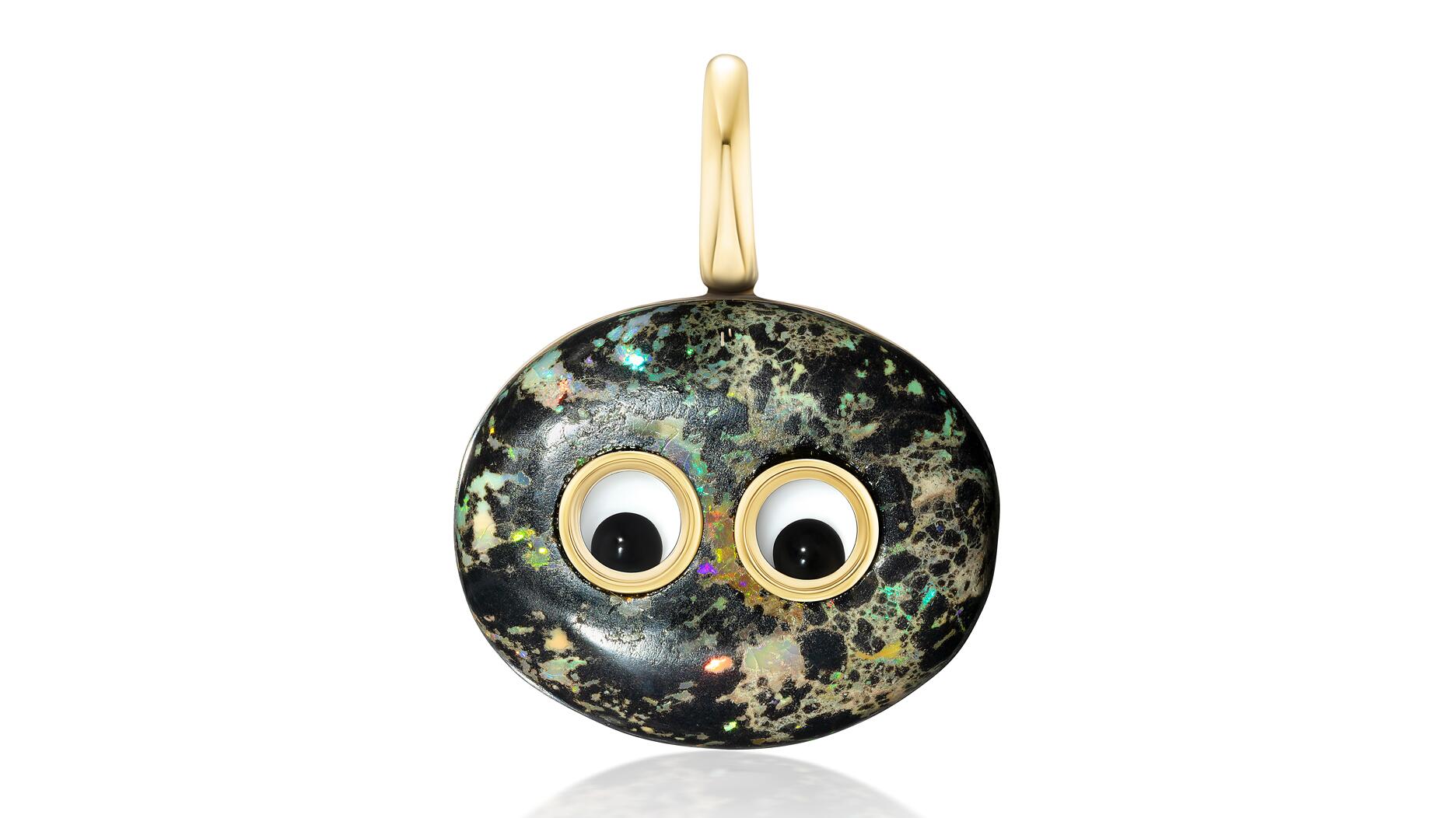As part of the leadership transition, Sherry Smith will take on the role of vice president of coaching strategy and development.
Why the GIA Grades Lab-Grown Diamonds Like It Does
The GIA’s Tom Moses explains the reasoning behind the more general color and clarity grades the lab assigns to synthetic stones.

In both articles, I noticed the GIA using the following terminology to refer to the stones’ color and clarity: “J-equivalent color” and “VS2-equivalent clarity” for the white diamond, and color equivalent to “fancy deep blue” for the colored stone.
This terminology, for me at least, raised questions about the GIA’s approach to grading synthetic diamonds.
On Wednesday, the very knowledgeable Tom Moses, the GIA’s executive vice president and chief laboratory and research officer, took some time to explain it to me.
Moses said the GIA has been issuing Synthetic Diamond Grading Reports for about 10 years.
On these reports, the GIA does not give specific color or clarity grades.
Instead, Moses said, it grades lab-grown diamonds in broader terms, calling, for example, stones in the D-E-F range “colorless” and those in the G-H-I range “near colorless.”
For clarity, the lab uses only VVS, VS, SI or I for synthetic diamonds.
Why?
Because, “by their very nature, when they grow these diamonds, they are traditionally nitrogen poor,” Moses said, which is, incidentally, also what makes them Type IIa. In addition, many, though not all, CVD-grown diamonds come out a sort of brown color and then are de-colorized through a treatment process to make them colorless or near colorless.
All this is to say that these stones are not going to have the same range of color (D to Z) as mined diamonds, which is why the GIA chooses to use broader categories in grading them. They are grown to be as clear as possible, too, which is why the GIA also uses broader terms for clarity.
The GIA’s grading system, which was created long before the proliferation of lab-grown stones that we see today, was “developed for normal mine run, which doesn’t change. That’s nature,” Moses noted.
However, when the GIA publishes research articles online--like this one on the 5.19-carat diamond that appeared earlier this month--it uses terms such as “J-equivalent color” and “VS-equivalent clarity” to give readers a clearer picture of the stone.
Moses said despite what some people seem to think, the GIA is not doing this to “punish diamond growers.” Rather, the lab just sees it as the most logical way to describe lab-grown diamonds.
He added that from a consumer perspective, he doesn’t think there is that much demand for specific color grades for lab-grown diamonds. Rather, they’re just happy to have a ring or a pair of earrings that are real diamonds but for a lower price.
“They’re going to say, ‘It looks nice. They sparkle. They’re the price I want to spend. I’ll take them.’”
(I think this same argument could be made for mined diamonds as well, but that’s another topic for another time.)
Moses said while lab-grown diamond companies do ask the GIA to do it differently, he doesn’t see the GIA altering its system in the near future, especially with the improving diamond-growing technology producing more stones of high color and clarity.
“Our mission is to serve the consumer and provide clear and accurate information,” he said. “Although we listen to the industry, ultimately, we are here to serve the public.”
“Right now, I just don’t see a reason why we would make that change.”
The Latest

It marks the third time the country has headed the Kimberley Process. Ghana will serve as vice chair.

The new Bulova x Stetson designs highlight two animals often associated with the American West—the bison and the Texas Longhorn.

How Jewelers of America’s 20 Under 40 are leading to ensure a brighter future for the jewelry industry.

Its residency at Yamron Jewelers will run through May 2026.


From influential executives to innovative designers, we pay tribute to the people we said goodbye to this year.

The retailer is expanding into areas with large Indian and South Asian populations.

Roseco’s 704-page catalog showcases new lab-grown diamonds, findings, tools & more—available in print or interactive digital editions.

The Italian brand has opened its first flagship amid the peaks of the Dolomites in Madonna di Campiglio, Italy.

The new curation at the Natural History Museum of Los Angeles County showcases rare gem and mineral specimens in their uncut, natural state.

The couple pleaded guilty to concealing at least $127 million in cash transactions at its precious metals businesses.

Consumers shared concerns about prices, inflation, tariffs, trade, and politics in the survey’s write-in response section.

In February 2026, the auction house will move its headquarters to the former Steinway Hall, a neoclassical landmark on Billionaires’ Row.

The new show will take place Jan. 23-25, 2026.

The former BHP Billiton leader and Gemfields chairman is remembered for his influential leadership throughout his 50-year mining career.

The LVMH-owned brand has partnered with the costume design union to revamp its award for 2026.

The luxury titan inked a deal to acquire an initial minority stake in the jewelry manufacturer with a pathway to full ownership by 2032.

The company’s curation of unsigned vintage and estate jewelry debuted at the Bloomingdale’s in Costa Mesa, California.

In the recent multi-shipment seizure, CBP also found counterfeit Audemars Piguet, Moncler, and Chrome Hearts items.

Jewelers of America execs and National Jeweler editors discuss tariffs, the sky-high gold price, and the engagement that broke the internet.

The luxury goods company said founder Ippolita Rostagno will remain at the brand’s helm.

Laura Burdese, who joined the Italian luxury brand in 2022, will take on the role in July.

Need a gift for the cat lover who has everything? Look no further than our latest Piece of the Week.

It purchased the “Grosse Pièce,” an ultra-complicated Audemars Piguet pocket watch from the ‘20s, for a record-breaking price at Sotheby’s.

The lab-grown diamond grower now offers custom engagement and fashion jewelry through its Kira Custom Lab Jewelry service.

Chandler got his start at Michelson Jewelers and has served as DCA president and CEO since 2001. He will retire at the end of the month.

The boutique is slated to open this week inside Terminal 8, offering pre-owned Rolex watches and more to international travelers.


























